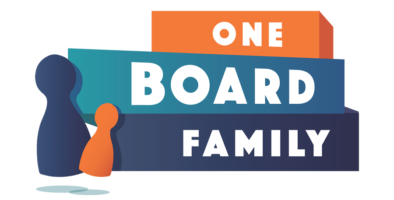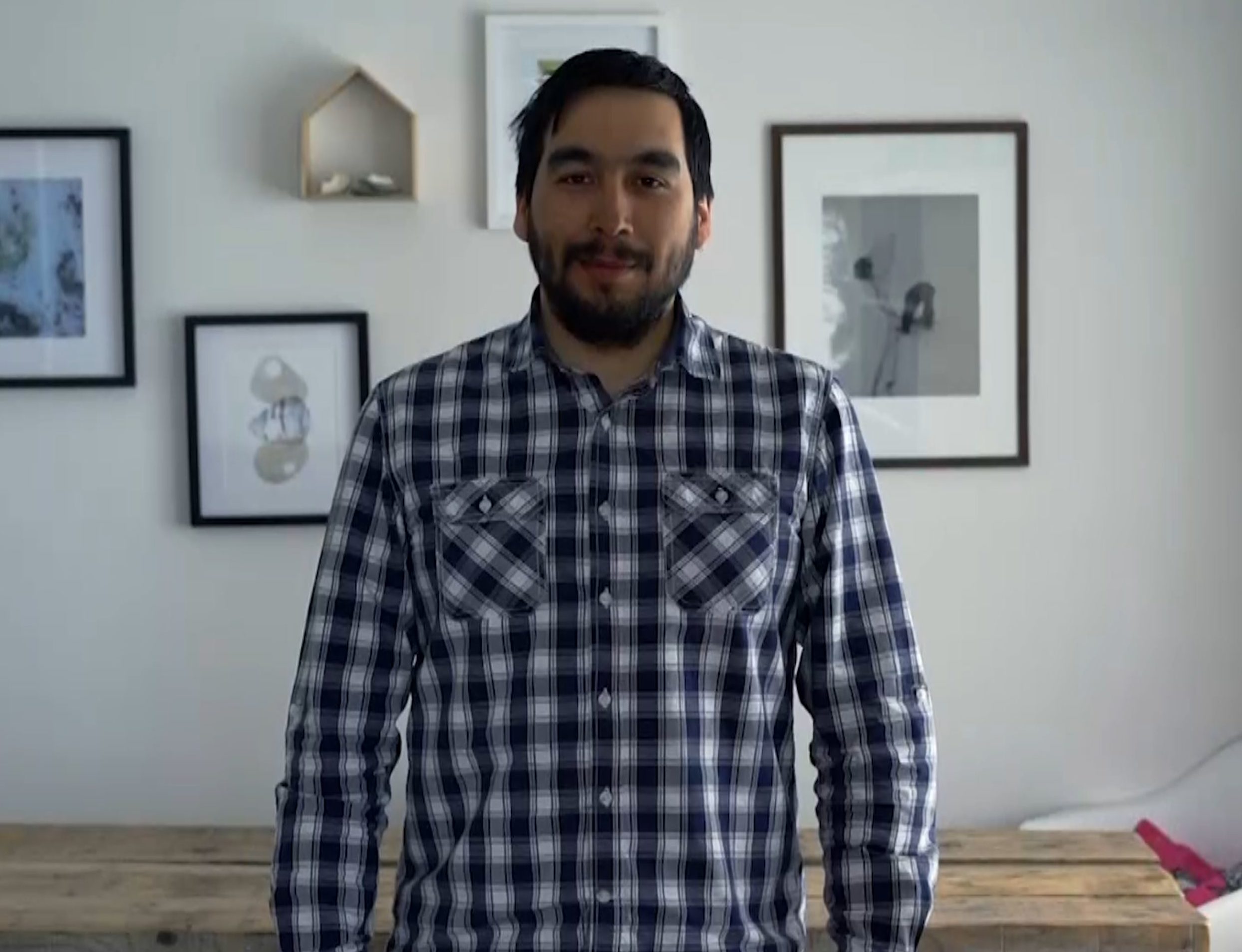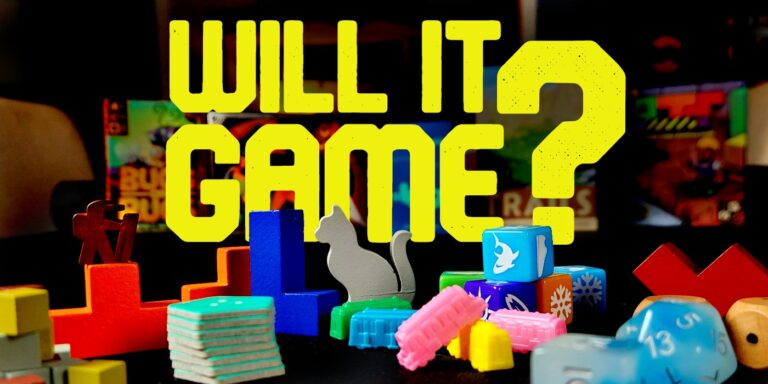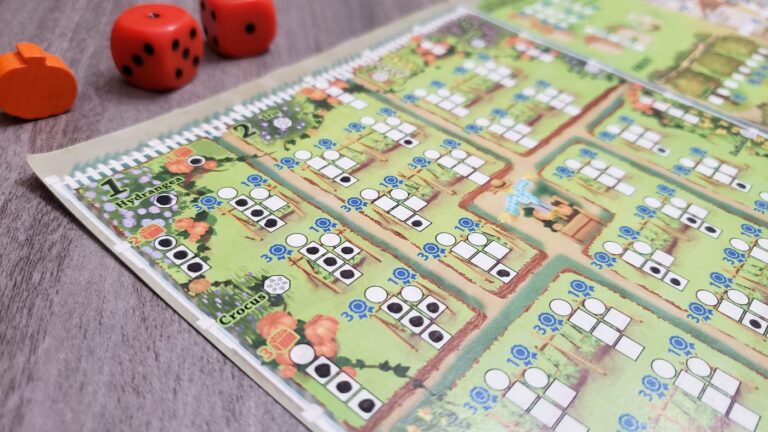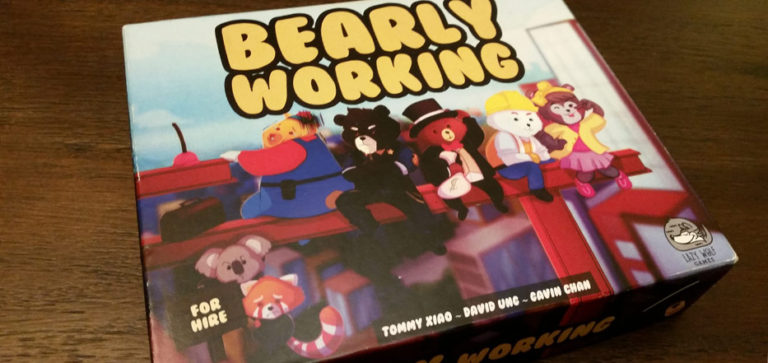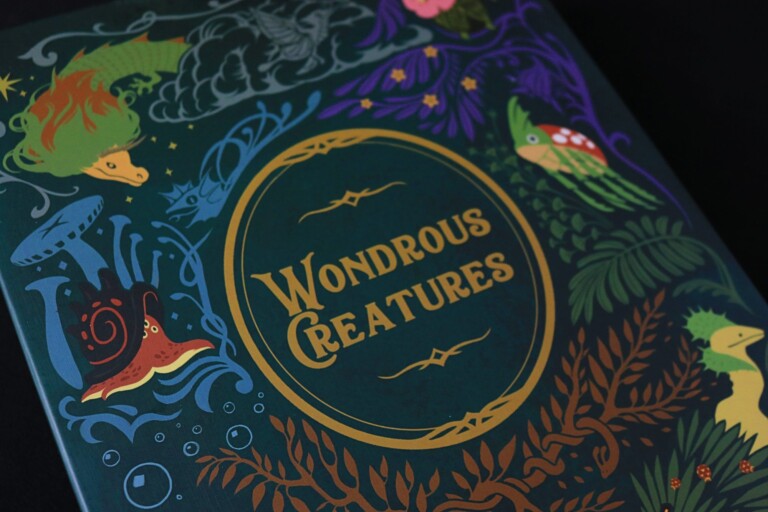A game hit Kickstarter recently that stood out a little bit from the crowd. It didn’t have a bunch of miniatures, nor did it have a never-before-seen theme. No, what made this game different was where it came from – a remote Inuit village north of the Arctic Circle.
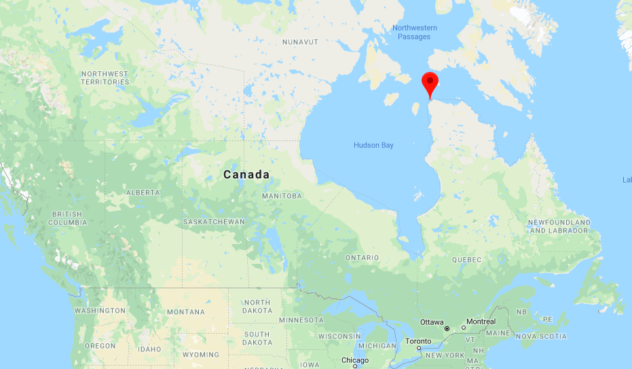
In the small town of Ivujivik, home of about 400 people, Thomassie Mangiok launched a campaign for Nunami, which he describes as the first “Inuit designed tabletop 2 or 4 player game”. Since his campaign wrapped up earlier this year, he’s been hard at work to get the game into the hands of backers.
This certainly isn’t helped by the extreme conditions of Ivujivik, whose name means “place where one is taken by the drifting ice”. According to Wikipedia, the area is ice-free for only about 20 working days a year during the summer. Just trying to get this interview completed was a challenge – he and I lost contact for several weeks because the entire community was without Internet. Yet he perseveres, and we expect to see Nunami hitting board game tables in early 2020.
Thomassie was kind enough to answer a few of our questions about the game creation experience from his unique viewpoint.
Tell us a little about yourself.
I am an Inuk from Ivujivik. I grew up with my mother and two aunts in our village and spent some time in Montreal studying graphic design. I have three children, and I am married to a lovely woman who plays board games with me when we get the chance. I’m usually very busy at our school and at home, either doing something for our students, for Inuit in our region, or for my children.
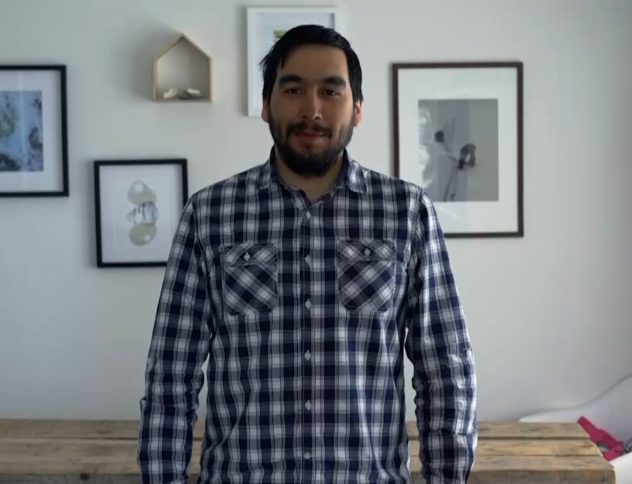
My projects range from games to videos to woodworking. My focus has been to empower the people of our region so we can be in equal standing with other nations. I’ve made things such as an online Inuttitut lexical website, videos, mobile apps and a board game to raise awareness and to give tools to the people in our region. I’ve also been involved in politics when called again for our region.
How did you get into board gaming? Is it something that you did growing up?
I’ve watched my aunt and other elders play one board game, my mother and her friends played a few, and then I tried more as a student of our school. Blizzards gave us a chance to play games. The games provide good social activities for multiple people. I love activities that have us think, and board games are good at that.
Tell us a little bit about your community. What opportunities and challenges does it present when it comes to board gaming?
Ivujivik is a part of the 14 communities in Nunavik. Ivujivik’s population is just above 400. Our community is the only one in Nunavik to have an anthem – it even has a second one. It is a great place for animals, and thus humans because we eat them (there are no signs of vegetables for thousands of miles in winter except at the store). Our values are still very tightly rooted into our culture, although popular culture is quickly making changes. We hunt and then share. We know nearly everyone in our community. A good number of our people speak Inuttitut, English and French, and we have to keep our eyes open for polar bears, especially in winter.
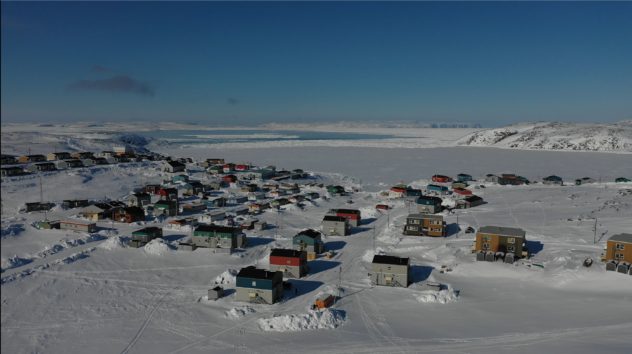
Art is blooming in our community; especially on paper. Our students have been making videos, music, and prints. We hope that they find ways to make careers out of their recent experiences. My daughter has decided to sell her artwork because she is finding success at the age of 16. There is an abundance of artwork to inspire games and to be used as visuals.
You had a game on Kickstarter called Nunami, which you describe as the first Inuit-designed tabletop game. How did this game come to be?
I like to share what I’ve created, especially when I believe that it’ll benefit others. Nunami’s gameplay highlights my values that are understood through experience. While I was out in nature, I came up with the design that allowed me to give a sense of exploration. Players will see consequences when they are too aggressive and selfish in the game. We as social creatures benefit by sharing in a diverse environment. Nunami is also meant to solidify our Inuit values before they vanish into history.
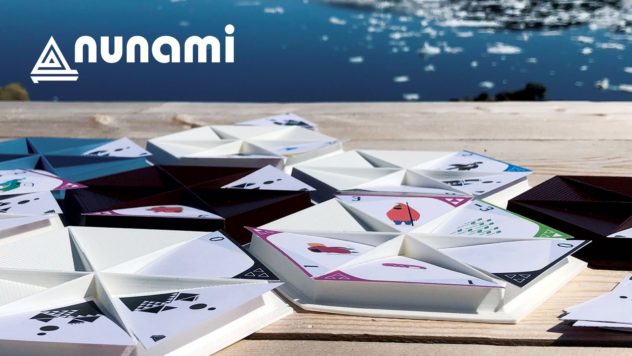
The tundra is always changing. Winters are similar but never the same. We need to constantly understand our environment or else we could get lost or instantly shorten our lifespan. Each time I go out, I feel that I am exploring, trying to understand our environment. Exploration is important to me, and I experience as much as I can. My favorite TV show series “Star Trek” also has an influence on me in terms of exploration.
Your game has a deeper message and theme than might be expected. Can you tell us about it?
There are four communities in Nunami represented by card colours – two of each categorized as human or nature. Humans have been present on earth for a long time, changing our planet to the point of co-depending with other living creatures. When a population isn’t regulated, there are die-offs. Nunami was created to emulate this. Nunami also allows each player to tell a story through the gameplay. Each person influences an unfolding story by putting cards with characters on the boards, and some random cards are flipped to see what they contain. The game provides a fun experience linking positive feelings to an environment with different creatures.
Nunami identifies people, animals, mountains, plants, wind and more as characters with properties that we interact with – why not consider these as alive?
What have been some surprises in your journey of getting this game developed?
My favorite surprise is the amount of support and love the game is receiving. People are giving me the energy to keep going and I’m very excited to let them play Nunami.
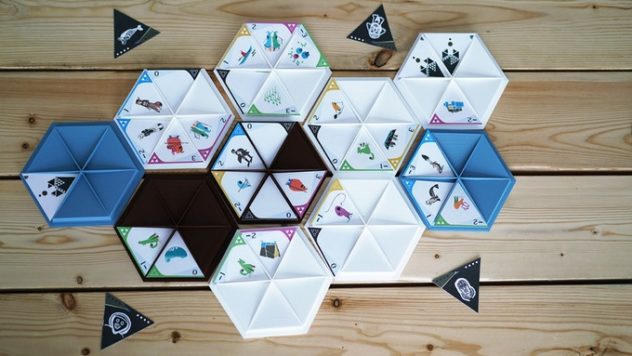
The biggest surprise might have been the amount of work needed to make a quality board game with a rulebook in three languages. Translating between two languages that have no link whatsoever is very challenging.
What do you think is the impact on players as they play games from more diverse cultures?
The amount of impact of playing games from other cultures should be similar to watching movies that isn’t just Disney from the 80s. Games express who we are – our history and our mind. My body and my environment limit me to do certain things. They make me different and provide me with a culture. Other people in other places have their own limitations, and thus they have different cultures. We travel to experience life in other places and we value them as social beings. Board games in a way give us new experiences in other places and other times.
Anyone who values different perspectives and new experiences should try Nunami and other types of games.
Do you have any plans for the future after this KS campaign?
I have an animated TV show in our language to finish, and I’d like to get back to it. I’ve also been helping our students to get into entrepreneurship, and it might keep me busy. But I have more game designs in my notes and ideas for Nunami. I’m not sure what I’ll do in the future, but I’m confident that I’ll share it with others.
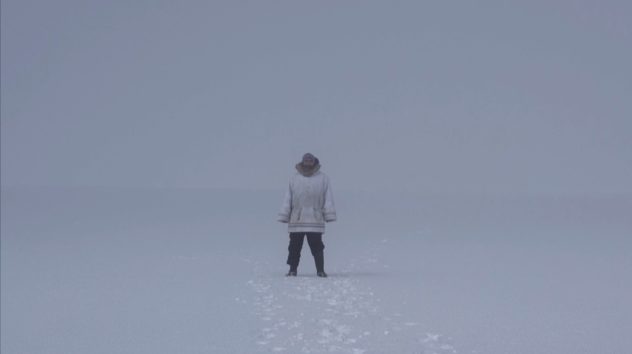
To follow along with the story of Nunami, be sure to check out the Kickstarter page.
